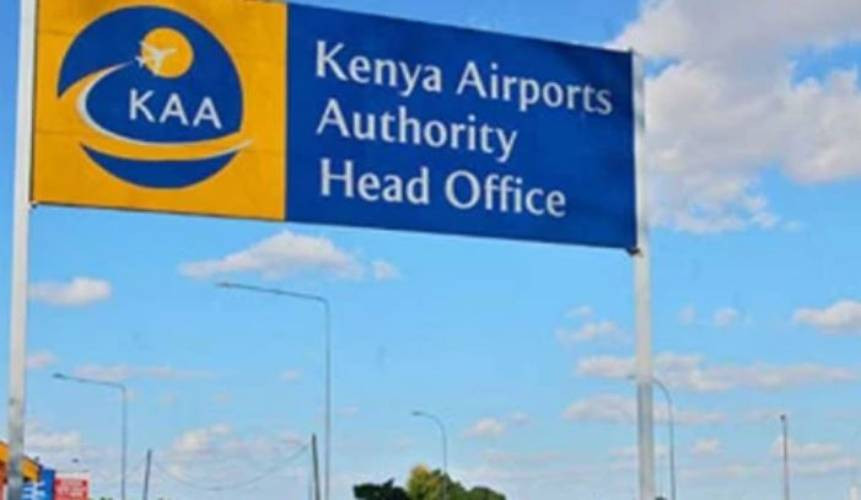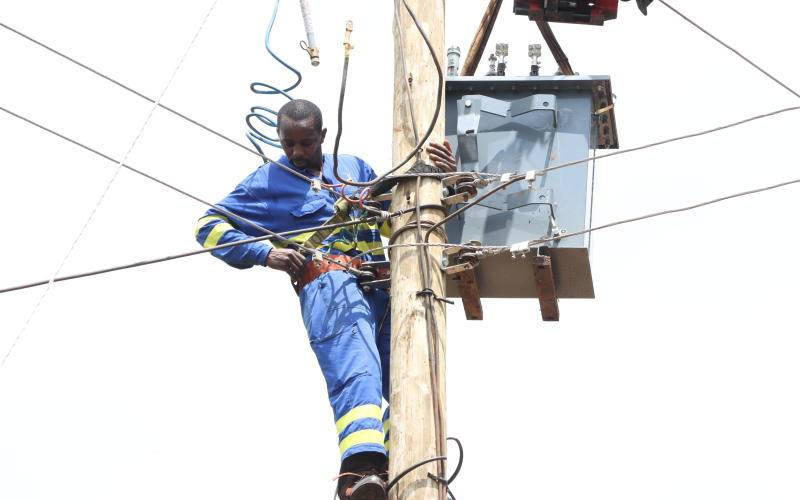The Kenya Airports Authority (KAA) has responded to critics of Saturday night power outage in several parts of the country that affected operations at the Jomo Kenyatta International Airport (JKIA), Nairobi.
Their response came hours after Kenya Power company confirmed that there was a blackout in several parts of the country.
In a statement shared on its official social media page, KAA says there are plans to avert such situations in future.
The airport regulator says in the next 30 days, JKIA will have a power backup system.
"At approximately 8 PM today, JKIA experienced a disruption in power supply due to an outage from the national grid. The airport's backup generators were activated, with full restoration of power occurring within 8–20 minutes," KAA statement reads in part.
"The synchronization of the outstanding backup power supply is scheduled to be completed in the next 30 days in readiness for instant backup support in the event of any power interruption."
The authority has apologised to its clientele and stakeholders for any inconveniences caused by the short power outage. Videos of the power outage at the airport emerged online Saturday night, prompting a reaction from Kenyans online, who blamed the state for negligence.
"Just the other day, CS Murkomen lied about solving the JKIA power backups. Today there was total darkness at an international airport bringing unnecessary shame and embarrassment..... incompetence screams so loud in this country, an X (formerly Twitter) user, Agnes Momanyi said.
Nairobi, Nakuru, Eldoret, Kiambu, Kakamega, Mombasa, Kilifi, and Voi were some of the regions affected by the blackout. Netizens began reporting power outage minutes after 7.00 pm on Saturday, November 11.
“We have lost power supply to parts of the country. Our engineers are working to restore supply to the affected areas,” Kenya Power said in a statement. By Winfrey Owino, The Standard







